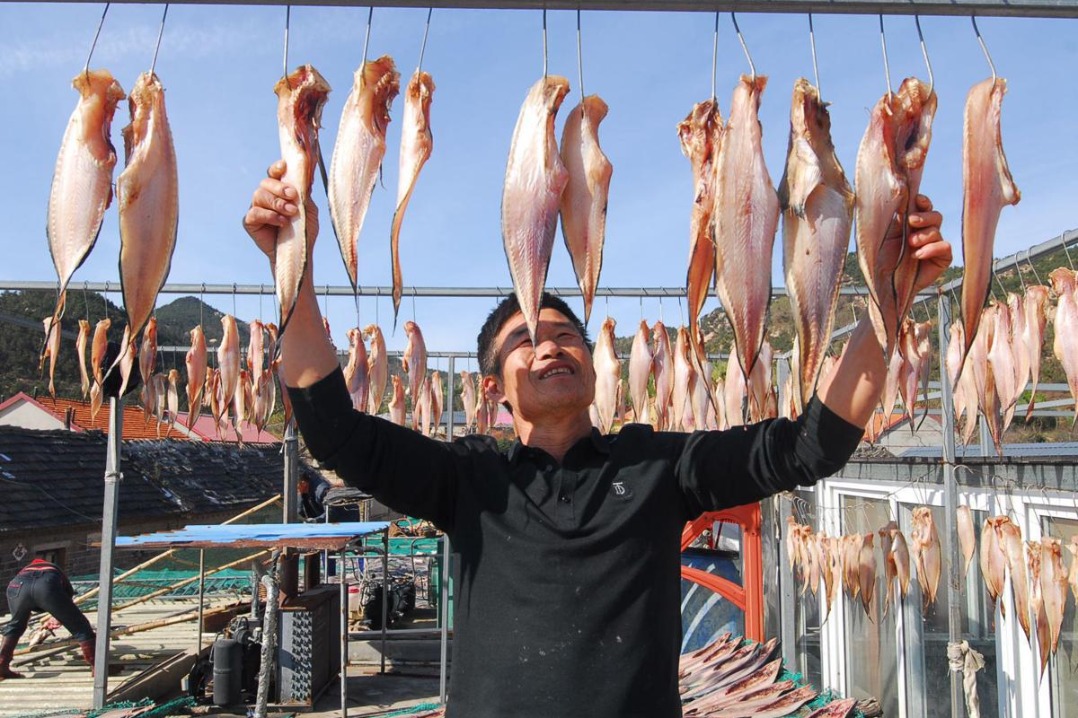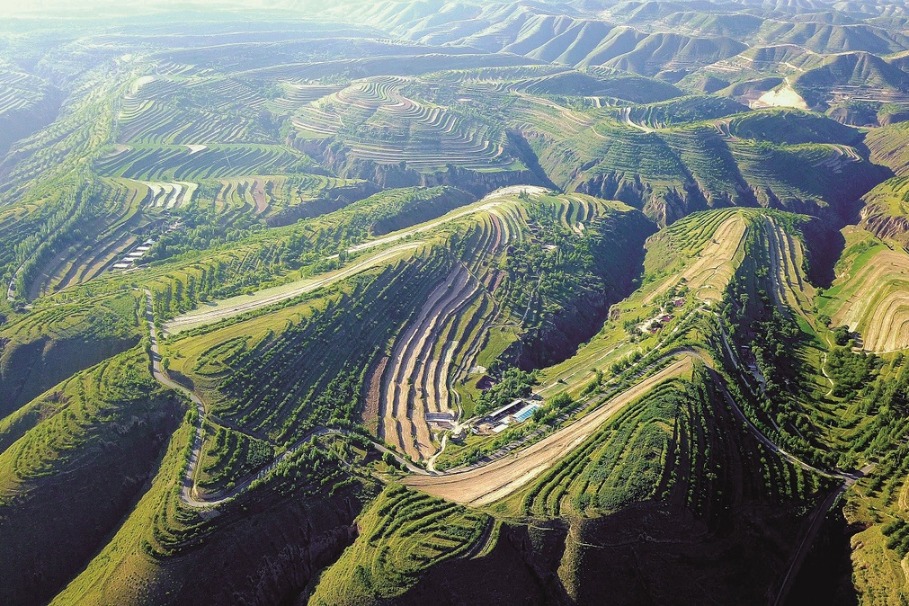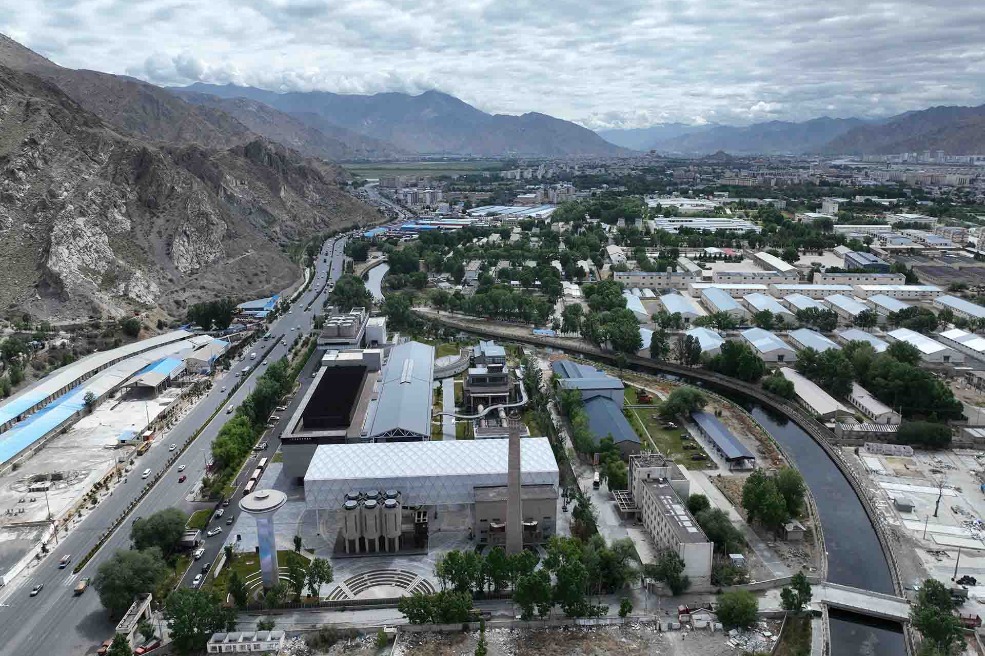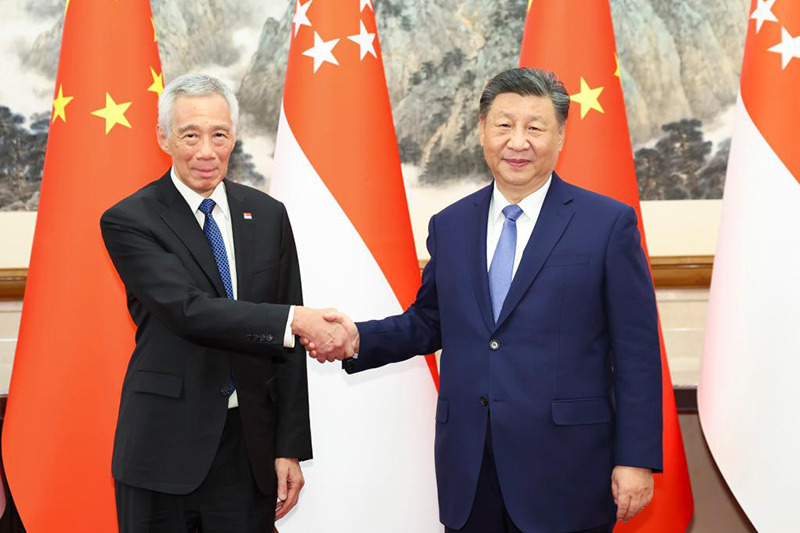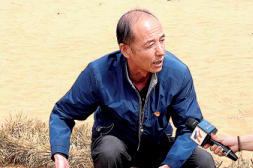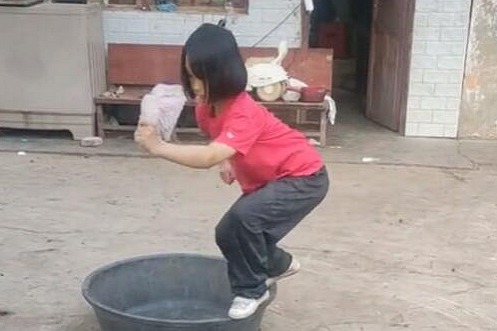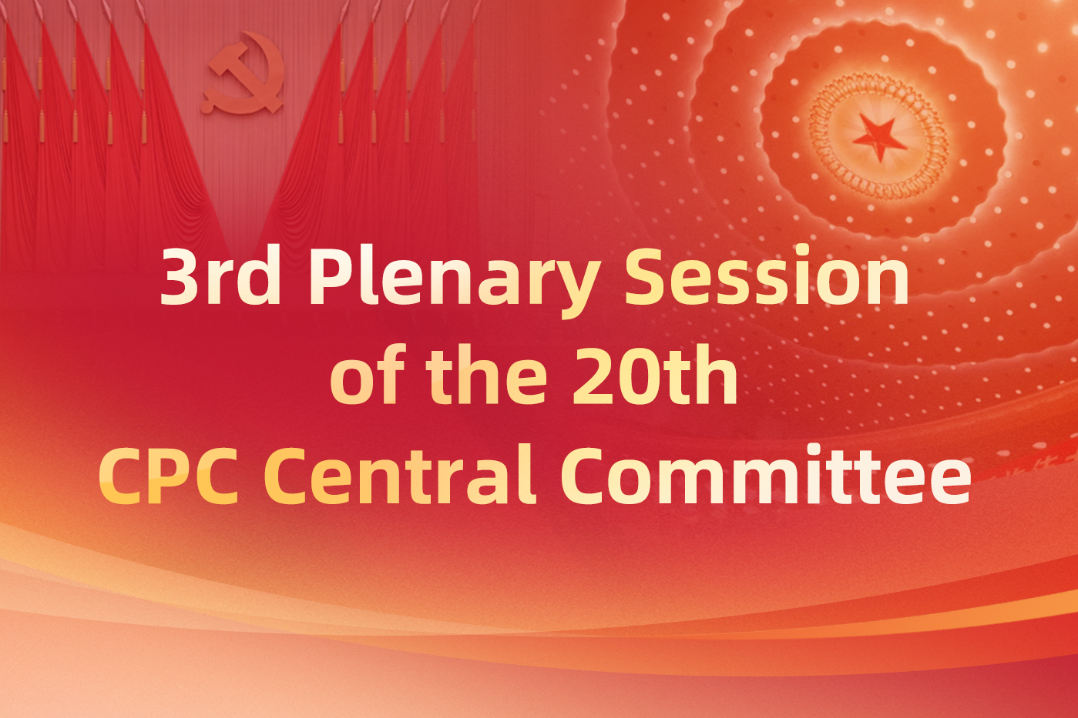Ningxia makes key advances in past 10 years


Region's efforts in ecological protection, economic growth, poverty relief pay off
As China's only provincial-level region whose entire area lies along the Yellow River, the Ningxia Hui autonomous region has the responsibility to implement pilot ecological protection projects in the Yellow River Basin, the region's top official said.
Liang Yanshun, secretary of the Communist Party of China Ningxia regional committee, said on Monday at a news conference in Yinchuan, the regional capital, that some initial achievements have been made in the construction of a pilot zone for ecological conservation and high-quality development in the Yellow River Basin, a mission entrusted to Ningxia by President Xi Jinping when he visited the autonomous region in June 2020.
Over the past two years, the Ningxia authorities have made not only top-level designs of the pilot zone, but also have drawn up specific plans and regulations including those on industrial development, ecological protection, infrastructure improvement and institutional reform, Liang said. His remarks touched on the region's growth and development in the past decade.
"A number of key industries, such as clean energy, new materials and wine, are being developed intensively, and substantial results have been seen in river restoration, sand control, soil consolidation, mountain afforestation and pollution treatment," he said.
As a region in the upper parts of Yellow River, Ningxia has "implemented the strictest possible measures" on ecological and environmental protection to guarantee the water quality of downstream regions, Liang said.
"With holistic thinking, we manage water resources in all landscapes, including mountains, rivers, forests, farmlands and grasslands as a whole," he said.
The autonomous region's forest coverage increased from 11.9 percent to 16.9 percent in the past decade. Its cities have maintained good air quality on more than 80 percent of the days for six consecutive years.
According to the region's 13th Party Congress held last month, the pilot zone will focus on water resource management, ecological conservation, high-quality industrial development, the improvement of people's well-being and the promotion of the Yellow River's culture.
Liang said the region registered an average annual gross domestic product growth of 7.1 percent in the past decade, 0.5 percentage point higher than the national level. The area's gross domestic product exceeded 200 billion yuan ($29.7 billion) in 2011, 300 billion yuan in 2016 and 400 billion yuan in 2021, respectively, he said, adding that the region's per capita gross domestic product has also nearly doubled.
"The past decade has also witnessed the fastest development in terms of both quality and quantity in Ningxia and the biggest changes in the region's urban and rural areas," he said.
Energy-consuming industries that emit heavy smoke and pollute the waters of the river are no longer seen or tolerated. Instead, a number of new industries have risen in the region, such as the modern coal chemical industry, new energy and new materials industries.
The region's Goji berries, wines and dairy products as well as the culture and tourism sectors have earned a high reputation at home and abroad.
Though an inland region, Ningxia has been committed to the nation's opening-up and is actively involved in the development of the Belt and Road Initiative. The region has hosted five sessions of the China-Arab States Expo and the first session of China (Ningxia) International Wine Culture and Tourism Expo. Its international economic and trade connections have expanded to 169 countries and regions.
Poverty alleviation has also been accomplished in the region. Xihaigu prefecture in Ningxia once was one of the poorest areas in the country. It was called the "most unfit place for human settlement" by the United Nations in the 1970s.
Over the past 10 years, a poverty-reduction campaign helped lift 803,000 people in Xihaigu out of poverty, and the livelihoods of local people have tremendously improved.
- China sees record maritime trial case volume with robust infrastructure
- 240 Chinese suspects repatriated from Cambodia
- Remains of 43 Chinese People's Volunteers martyrs return homeland from ROK
- 21st China Intl Agri Trade Fair: Modernizing agriculture goals
- National Health Commission to consolidate diagnosis and treatment systems
- Tianzi Mountain's autumn flourish attracts tourists
















